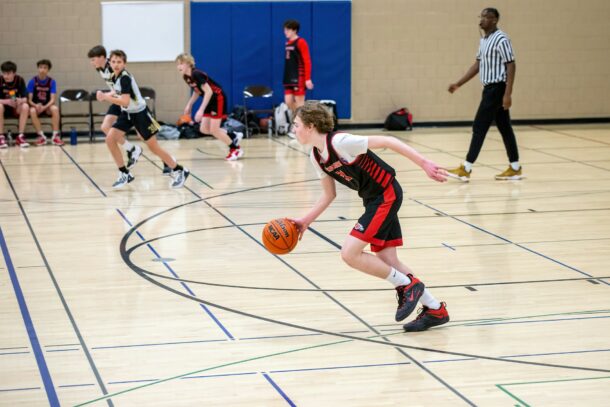As youth basketball coaches, we understand the immense significance of preparing our young athletes to excel in high-stakes moments during the game. Whether it’s hitting a game-winning shot, nailing crucial free throws, or effectively managing the clock, end-of-game situations can often determine the outcome of a match. In our latest blog post, we present a comprehensive practice plan tailored to help young players develop the skills, decision-making, and composure needed to thrive in these pressure-filled moments.
Join us as we dive into a specific practice plan with drills that simulate game scenarios, designed to instill confidence, teamwork, and strategic thinking in our youth basketball team. With a structured progression and targeted exercises, we aim to empower both players and coaches to master end-of-game situations and turn them into game-changing opportunities for success on the court. Let’s lead our young athletes towards greatness in the most critical moments of the game!
Practice Plan: End-of-Game Situations
Objective: The goal of this practice plan is to develop the youth basketball team’s skills, decision-making, and composure in end-of-game situations. By incorporating specific drills that simulate game-like scenarios, the players will gain the confidence and ability to excel in pressure-filled moments during real games.
Timing: 90 minutes
Warm-up (10 minutes):
- Begin with a dynamic warm-up, including light jogging, dynamic stretches, and agility drills to get players physically and mentally prepared for the practice.
Drill 1: “Game-Winning Shot” (15 minutes):
- Set up a game-like situation where the team is trailing by two points with 15 seconds left on the game clock.
- Divide the team into two groups and run controlled scrimmages, focusing on executing plays to get an open shot opportunity.
- The defense should apply pressure to simulate real-game conditions.
Rationale: This drill allows players to practice making game-winning shots under pressure and improves their ability to execute plays effectively in tight game situations.
Drill 2: “Free-Throw Pressure” (10 minutes):
- Players pair up, and each player takes turns shooting a pair of free throws.
- Add consequences for missed free throws, such as doing push-ups or a short sprint.
- Increase the pressure by making the players complete a physical activity before attempting the free throws.
Rationale: Practicing free throws under pressure helps players build confidence and composure when facing crucial moments at the free-throw line during real games.
Drill 3: “Clock Management Challenge” (20 minutes):
- Set up different end-of-game scenarios with various time left on the game clock (e.g., 10 seconds, 30 seconds, 1 minute).
- Divide the team into two groups, with one team trailing and the other leading by a few points.
- Teams practice managing the clock effectively and making strategic decisions based on the game situation.
Rationale: This drill enhances players’ understanding of clock management and decision-making, which are vital skills during end-of-game situations.
Drill 4: “End-of-Quarter Quick Hitter” (15 minutes):
- Implement your go-to play for End-of-Game, End-of-Quarter, or End-of-Half situations. If you don’t have one, be sure to view the clip below for a good one!
- Run several repetitions with varying scenarios, such as different scores, time remaining, and defenders applying pressure.
Rationale: This drill allows players to practice a specific play designed for end-of-quarter situations, promoting teamwork and adaptability under pressure.
Cool Down and Review (10 minutes):
- Conclude the practice with a cooldown that includes static stretches to prevent injuries and promote recovery.
- Review the key takeaways from the practice and provide constructive feedback to the players on their performance.
Progression: As the team becomes more proficient in handling end-of-game situations, gradually increase the difficulty by shortening the time available, adding defensive pressure, or incorporating multiple scoring options in plays.
By following this practice plan and incorporating specific drills for end-of-game situations, the youth basketball team will develop essential skills and strategies to succeed in high-pressure moments. Repeated practice in these scenarios will instill confidence, composure, and cohesion among the players, ultimately translating into improved performance during real games.
Related: Practice Drills for End-of-Game Scenarios
Resources:
If you found this useful, don’t forget to check out additional blog posts at TeachHoops.com. Also, check out TeachHoops on Facebook, Twitter, Instagram and YouTube.








